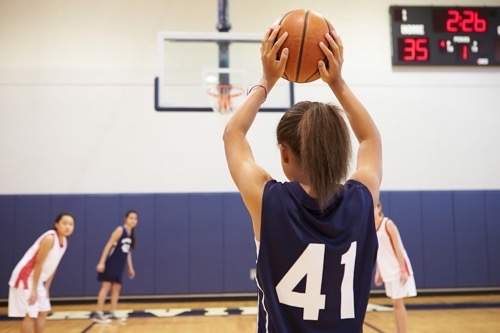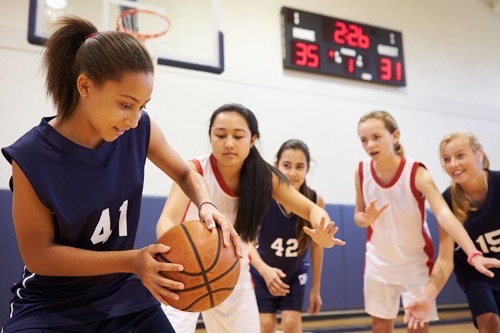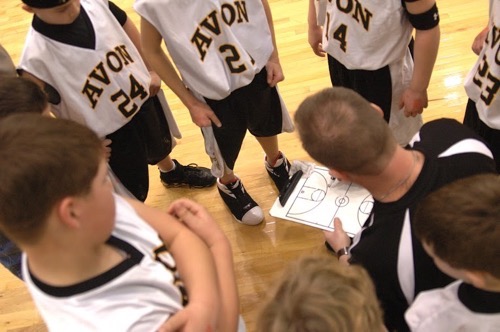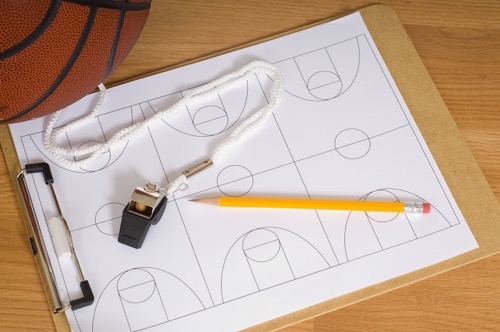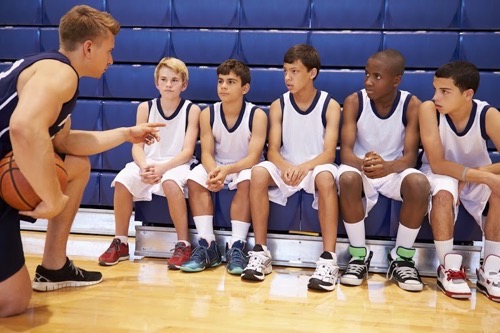Chapter 1:
Basketball Equipment 101: Here's What You Need And What You'll REALLY Want
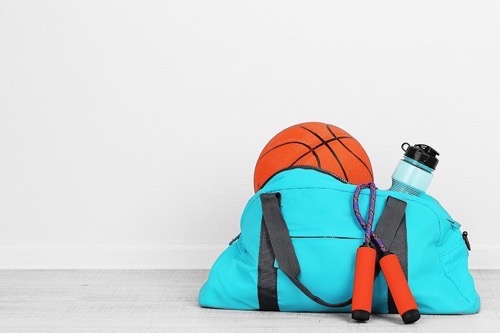
The first step to becoming a successful basketball coach is ensuring that you have the correct equipment. Luckily, basketball requires very little equipment to get started: a basketball and a gym.
However, there are a few other pieces of equipment you can utilize to make your coaching life much easier. Most importantly, be sure that you choose the correct size and style basketball with which to practice. You don’t want to show up for your first game and realize you’ve been practicing with a women’s ball instead of a men's ball. You will also want a whistle to round up the younger children or get your point across to your older players.
Finally, a simple set of cones goes a long way towards running a productive practice. They allow you to easily direct players through their drills when running practice.
Most basketball equipment can be found at any of your big sports and athletics retailers. See the links below for more information about basketball equipment.

